Now Reading: You’re Already a Time Traveler! Mind-Blowing Ways Physics Proves Time Travel In 2025.
-
01
You’re Already a Time Traveler! Mind-Blowing Ways Physics Proves Time Travel In 2025.
You’re Already a Time Traveler! Mind-Blowing Ways Physics Proves Time Travel In 2025.
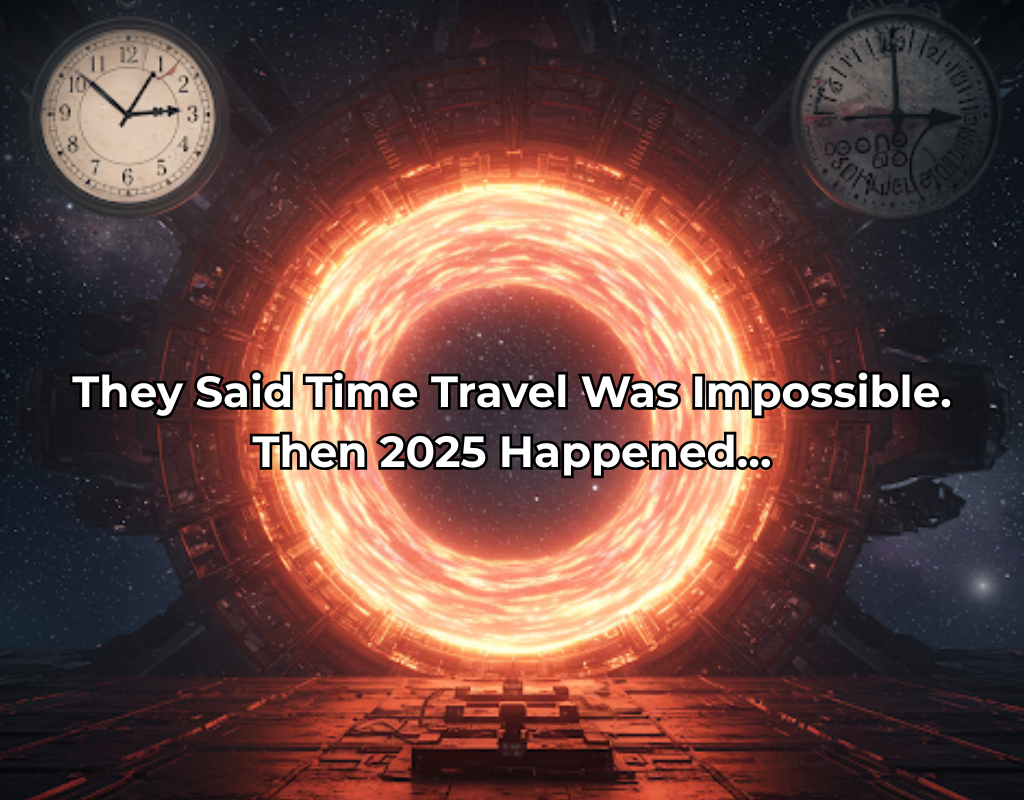
Have you ever found yourself staring into the middle distance, lost in thought, and then, almost unconsciously, typed “is time travel possible” into your search bar?
Whether you dream of rewriting historical events, witnessing ancient civilizations, or simply satisfying your curiosity about humanity’s distant future, the concept of time travel holds an undeniable grip on our collective imagination.
It’s more than just a sci-fi trope; it’s a profound question that challenges our understanding of reality, time, and the very fabric of the universe itself.
For centuries, philosophers, scientists, and storytellers have grappled with the idea of moving through the temporal dimension as easily as we move through space. Could we truly navigate the currents of history like an open book, choosing our own adventure through the ages?
Prepare to embark on a fascinating journey through cutting-edge science, mind-bending theories, and unresolved mysteries that will leave you pondering: are we on the verge of unlocking time’s deepest secrets?
This comprehensive exploration will delve into:
- Time Travel Foundations: Understanding the basic definitions and scientific perspectives.
- Forward Movement: The established reality of time travel to the future through relativity.
- The Backward Leap: The theoretical, yet immensely complex, possibilities of journeying to the past.
- The Labyrinth of Paradoxes: Examining the logical conundrums that challenge time travel.
- Whispers of Evidence: Discerning between scientific observation and popular myth.
- The Unfathomable Energy Cost: Why building a time machine is more than just an engineering problem.
- Time as a Dimension: A deeper dive into how physicists truly view time.
- Ethical and Philosophical Quandaries: What would time travel mean for humanity?
- The Horizon of Research: Where does the science stand in mid-2025 and what lies beyond?
Time Travel Foundations: What’s the Big Deal?
At its most fundamental, time travel refers to the concept of moving between different points in time, much like we move between distinct geographical locations.
It means detaching from the relentless, linear progression of “one second per second” and instead, jumping to a different moment on the timeline—whether that be yesterday, tomorrow, or a million years hence.
This captivating dream fuels countless late-night searches for “time travel definition” and enthralls minds across the globe.
Scientifically, time travel is broadly categorized into two primary types:
- Forward Time Travel (Temporal Dilation): This involves experiencing time at a slower rate than others, effectively allowing an individual or object to arrive in their relative future. Think of it as hitting a ‘fast-forward’ button on the universe for yourself, while everyone else proceeds at normal speed.
- Backward Time Travel (Temporal Regression): This is the ultimate rewind – an act of physically moving to a specific point in the past. It’s the thrilling heart of countless science fiction narratives, though it is scientifically far more complex and fraught with theoretical traps.
While one of these types is not only within our grasp but is happening right now, albeit on a minuscule scale, the other remains a tantalizing puzzle, a theoretical tightrope walk through the very fundamental laws of physics. Let’s begin our journey by unraveling the proven reality of movement into tomorrow.
The Future Is Closer Than You Think: The Established Reality of Forward Time Travel
Hold onto your hats – forward time travel isn’t some far-off fantasy from a futuristic novel; it’s a phenomenon that has been rigorously proven, observed, and even practically applied. This astonishing reality stems directly from Albert Einstein’s revolutionary theories of relativity.
His Special Theory of Relativity (1905), concerning uniform motion, and General Theory of Relativity (1915), which incorporates gravity, fundamentally reshaped our understanding of time.
Einstein demonstrated that time isn’t an absolute, unyielding constant ticking uniformly for everyone, but rather a flexible dimension intricately interwoven with space, forming a unified spacetime fabric.
This fabric can bend and stretch under the influence of two key factors: speed and gravity. This profound concept is famously known as time dilation.
Time Dilation Explained: Speed and Gravity’s Grip on Time
1. Time Dilation Due to Relative Velocity (Special Relativity):
The faster an object moves relative to an observer, the slower time passes for that object from the observer’s perspective. Imagine the classic thought experiment known as the Twin Paradox:
You have identical twins, Alice and Bob. Alice remains on Earth, living a regular life. Bob embarks on an interstellar journey aboard a spaceship capable of accelerating to speeds very close to the speed of light. After what feels like a few months or years to Bob, he returns to Earth.
The astonishing reality? Bob would be observably and significantly younger than his Earth-bound sister, Alice.
This isn’t mere speculation. This effect has been rigorously tested and confirmed with incredibly precise atomic clocks. In 1971, the Hafele-Keating experiment flew atomic clocks around the world on commercial airplanes, comparing their readings to identical clocks that remained on the ground.
The results precisely matched Einstein’s predictions: the clocks that traveled, moving at high speeds relative to the Earth-bound clocks, indeed ran slightly slower.
A compelling, everyday example of this occurs constantly with the satellites that power our Global Positioning System (GPS).
These satellites orbit Earth at speeds of approximately 14,000 kilometers per hour (about 8,700 mph). At these speeds, their onboard atomic clocks would run slightly slower due to Special Relativistic time dilation. However, they are also at a higher altitude where Earth’s gravity is weaker.
2. Time Dilation Due to Gravity (General Relativity):
General Relativity predicts that time also passes more slowly in stronger gravitational fields. The more massive an object is, and the closer you are to it, the slower time will tick for you relative to someone in a weaker gravitational field.
Returning to the GPS example: The GPS satellites are further away from Earth’s gravitational pull than we are on the surface.
This means their clocks would run faster due to General Relativistic time dilation. The combined effect (slower due to speed, faster due to weaker gravity) results in a net difference that must be accounted for.
Without these precise relativistic corrections—roughly 38 microseconds per day—GPS systems would quickly accumulate errors, rendering them useless for accurate navigation within minutes. This daily correction is a tangible, irrefutable proof that time dilation is a real phenomenon.
Astronauts on the International Space Station (ISS), orbiting at high speeds and slightly further from Earth’s gravity, are indeed tiny time travelers.
Over a six-month mission, they age about a fraction of a second less than people on Earth. While this is not the dramatic leap seen in movies, it is undeniable scientific proof that forward time travel is not only possible but a fundamental aspect of our universe, continuously at play around us.
Theoretically, if humanity could build a spacecraft capable of sustaining speeds extremely close to the speed of light for extended periods, significant journeys into the far future could become possible.
The Backward Leap: Can We Turn Back the Clock?
While our journey into the future is a confirmed aspect of the cosmos, the quest to journey into the past is where the plot thickens dramatically, shifting from proven physics to highly speculative theoretical realms.
Rewinding time would mean fundamentally challenging the very rules of causality and reality as we understand them, navigating a maze of mind-bending paradoxes at every turn.
Yet, despite these immense hurdles, physicists continue to explore intriguing, albeit highly theoretical, possibilities that might – just might – make it a reality.
Wormholes: Hypothetical Tunnels Through Spacetime
If your ambition is to skip not just seconds or days, but decades or even millennia, the concept of wormholes takes center stage. These are hypothetical “tunnels” or “bridges” through spacetime, mathematically predicted by Einstein’s theory of General Relativity.
In essence, they could connect two distant points in spacetime, potentially linking widely separated regions in space and different moments in time. Imagine a cosmic express lane that connects today to a distant future, or even a specific point in the past.
The concept of “wormholes time travel” is a staple in science fiction, famously explored in films like Interstellar and popularized by theoretical physicists such as Kip Thorne.
However, the practical reality of wormholes is far more daunting than their fictional portrayals. For a wormhole to be traversable – meaning that something, especially a human, could actually pass through it – it would require several extremely challenging conditions:
- Exotic Matter: It would need to be held open by a form of matter with negative energy density. This “exotic matter” exerts a repulsive gravitational force, preventing the wormhole from collapsing instantaneously. To date, no such matter has ever been observed in nature, and its very existence remains highly speculative. Even if it could be synthesized, the sheer amount needed to stabilize a macroscopic wormhole for human passage would be astronomical – potentially exceeding the energy content of entire galaxies.
- Stability: Even if exotic matter existed, theoretical studies suggest that wormholes would likely be incredibly unstable, collapsing almost instantaneously if disturbed, making any traversable journey impossible.
- Creation: The process of creating a wormhole itself, or even finding a naturally occurring one, is currently beyond any conceivable technology.
While the mathematical possibility of wormholes exists within the framework of general relativity, their physical plausibility for time travel remains firmly in the realm of hypothesis and theoretical conjecture.
Einstein’s Secret Paths: Closed Timelike Curves (CTCs)
General Relativity offers another highly theoretical, and even more mind-bending, path to the past: Closed Timelike Curves (CTCs). These are bizarre spacetime geometries where a path loops back on itself, allowing an object to return to an earlier point in its own history – effectively, a direct trip into your own past.
The famous logician and mathematician Kurt Gödel, a close friend of Albert Einstein’s, discovered a solution to Einstein’s field equations in 1949 that describes a universe rotating in a specific way, allowing for CTCs.
In such a Gödel universe, a traveler could follow a trajectory that brings them back to an earlier point in their personal history. This groundbreaking mathematical proof electrified “time travel physics” enthusiasts.
The monumental catch, however, is that our universe does not appear to be rotating in the manner Gödel’s model requires. Modern cosmological observations overwhelmingly indicate that our universe is expanding and largely flat, not rotating.
While CTCs can also appear in other theoretical solutions (like a Tipler Cylinder, a massive, infinitely long rotating cylinder), the physical plausibility of any spacetime configuration that allows for CTCs in our actual universe remains highly uncertain and intensely debated among physicists.
The late Stephen Hawking, for instance, proposed the “chronology protection conjecture,” suggesting that nature has fundamental laws or mechanisms to prevent the formation of CTCs and thus safeguard causality, preventing paradoxes from arising.
Quantum Mechanics: A Backdoor to Yesterday?
Then there’s the strange and counter-intuitive realm of quantum mechanics, the physics of the very small, where particles can be in multiple places at once and seemingly communicate instantly across vast distances (quantum entanglement).
Some interpretations of quantum mechanics, particularly the Many-Worlds Interpretation (MWI), offer highly speculative avenues for conceptual “backward” time travel, though not in the traditional sense of rewinding your own personal timeline.
The MWI, proposed by Hugh Everett III, suggests that every quantum event, every decision, every possibility, causes the universe to “split” into an enormous number of parallel universes.
In this view, if you were to theoretically go back in time and, say, prevent a historical event, you wouldn’t change your original past. Instead, your actions would merely cause you to enter a new, parallel universe where that event never happened. You’d simply branch off into a different reality.
“Quantum time travel” and “parallel universes time travel” concepts appeal because they seemingly sidestep the chaotic paradoxes that plague classical backward time travel theories.
If every possible outcome exists in a different universe, then changing the past simply means moving to a different timeline where that past always existed.
However, proving the existence of these parallel universes, let alone building a machine to navigate between them, is far beyond our current technological capabilities and remains a subject of intense philosophical and theoretical debate within quantum physics.
Recent theoretical work by physicists like Germain Tobar and Fabio Costa in 2020 has even explored how certain causal paradoxes might be resolved within a single consistent timeline, even if time travel were possible, by suggesting that events would simply “recalibrate” to avoid inconsistencies.
This offers a glimpse into how quantum principles might make time travel less paradoxical than previously thought, even without parallel universes.
Time Travel Paradoxes: The Plot Twists We Can’t Ignore
If time travel to the past were truly possible, where are the tourists from the year 3000 snapping selfies at the building of the pyramids, or attending Shakespeare’s first play?
This fundamental question immediately brings us to the core challenge of backward time travel: paradoxes. These mind-bending logical contradictions are the theoretical traps that keep scientists and philosophers debating. “Time travel paradoxes” are a hot topic for a reason – they’re thrilling and terrifying all at once, suggesting that the universe might inherently prevent such temporal inconsistencies to preserve causality.
1. The Grandfather Paradox: A Family Mystery
Perhaps the most iconic and frequently cited paradox, the Grandfather Paradox, illustrates the fundamental logical problem.
It poses a scenario where you travel back in time and prevent your own grandfather from meeting your grandmother (or, more dramatically, cause his death) before they have children.
If your grandfather never met your grandmother, your parents would never be born, and consequently, you would never be born. But if you were never born, how could you have traveled back in time in the first place? This creates a direct, self-contradictory loop, seemingly rendering backward time travel impossible within a single, fixed timeline.
Proposed resolutions include:
- The Self-Consistency Principle (Novikov Self-Consistency Principle): Proposed by physicist Igor Novikov, this principle suggests that any actions taken by a time traveler in the past must always be consistent with the historical record. You could try to stop your grandfather, but some unforeseen event or accident would always prevent you from succeeding. The past, in this view, is immutable – you are merely an agent of pre-existing events, incapable of altering what has already happened. History is locked, and your actions are simply part of the loop that has always existed.
- The Many-Worlds Interpretation (MWI): As discussed, if you went back and changed something, you wouldn’t alter your original timeline. Instead, your actions would simply cause you to enter or create a new, parallel timeline where the change occurred, allowing your original timeline to remain perfectly consistent and free from contradiction.
2. The Bootstrap Paradox (Causal Loop Paradox): Who Started This?
Also known as the “causal loop paradox” or “ontological paradox,” the Bootstrap Paradox presents an object or piece of information that seems to exist without an original origin point.
Imagine you travel back in time and give William Shakespeare a copy of Hamlet (which you obtained in the future). Shakespeare then publishes it, it survives through history, and eventually, you acquire that copy in the future to take it back to Shakespeare. Who wrote Hamlet first? The play seems to exist in an infinite loop with no original author.
This “no beginning” loop is a true head-scratcher and keeps “time travel mysteries” trending. It challenges our fundamental understanding of cause and effect, where every effect must have a preceding cause.
If information or objects can exist in such a loop, it implies a violation of the principle that everything must have an original creation.
3. The Predestination Paradox: Is Free Will an Illusion?
This paradox suggests that any attempt by a time traveler to alter the past actually becomes the cause of the very event they were trying to prevent.
For example, you travel back in time to prevent a devastating fire. In your haste, you knock over a lantern, inadvertently starting the very fire you intended to stop.
This raises profound questions about free will versus determinism: are all events predetermined, and are time travelers merely agents fulfilling a pre-written destiny, with no real power to change history?
Time Travel Evidence: Clues or Clever Tricks?
Every so often, a viral story ignites fleeting hope for “real time travelers.” Tales like the infamous “time-traveling hipster” in a 1940s photo (wearing seemingly anachronistic sunglasses and a t-shirt at the re-opening of a bridge) or the elaborate online narrative of John Titor, a purported internet prophet from 2036 who shared cryptic messages and predictions in the early 2000s, send “time travel evidence” searches soaring.
While these stories certainly build suspense and keep the thrill alive – what if one were real? – most experts and investigators generally conclude that they are hoaxes, misinterpretations, or coincidences.
The “hipster” photo is likely a result of evolving fashion trends and the subjective interpretation of old photographs. John Titor’s predictions largely failed to materialize, and his story is widely considered a sophisticated internet hoax that gained cult status.
However, there is a profound form of “observing” the past that we engage in constantly: looking into deep space.
Because light (and indeed all information) travels at a finite speed—the speed of light (approximately 299,792,458 meters per second)—when we observe distant stars and galaxies through powerful telescopes like the Hubble Space Telescope or the James Webb Space Telescope, we are seeing them not as they are now, but as they were thousands, millions, or even billions of years ago.
The light from a galaxy 100 million light-years away has taken 100 million years to reach us, meaning we are literally looking 100 million years into its past.
While this isn’t physical time travel where we send ourselves back, it’s a fascinating cosmological demonstration of how time and distance are inextricably intertwined, and how our universe itself acts as a massive, ongoing time capsule, preserving the past in its very fabric.
Despite intense theoretical work, there have been no definitive, repeatable scientific experiments that have demonstrated backward time travel, or even the ability to send a single bit of information into the past.
Experiments with quantum particles have explored concepts like “causal order” and “quantum time-reversal,” but these operate at a microscopic level and do not imply macroscopic time travel for humans.
The Unfathomable Energy Cost: Why Building a Time Machine Is More Than Engineering
Even if the theoretical hurdles of wormholes or CTCs could be overcome, the practical construction of a time machine faces an energy problem of almost inconceivable magnitude.
For traversable wormholes, as mentioned, the need for exotic matter with negative energy density is a major roadblock. Even if such matter exists, the amount required to keep a wormhole stable and large enough for a human to pass through is estimated to be enormous.
Theoretical physicist Michio Kaku suggests it would require the energy equivalent of a star to create and maintain such a structure.
To put that into perspective, our Sun produces energy equivalent to billions of atomic bombs every second. Harnessing and manipulating such energy levels is currently far beyond any known or foreseeable human technology.
Similarly, to achieve significant time dilation for forward travel, one needs to approach the speed of light.
Accelerating a human-sized spacecraft to, say, 99.999% the speed of light would require an amount of energy that makes current global energy consumption look trivial. The energy required scales exponentially as you approach light speed, quickly demanding powers equivalent to entire stars or even black holes.
Even for more speculative concepts like Tipler Cylinders, the mass required would be immense (a cylinder of infinite length, or at least astronomically long and dense) and spun at incredible speeds. The energy to create and sustain such a structure is simply not available to us.
This “energy problem” acts as a profound practical barrier. It’s not just a matter of needing “a lot” of power; it’s a matter of needing energy levels that fundamentally dwarf all of human civilization’s current capabilities combined.
This suggests that even if time travel were theoretically possible, it would likely remain strictly in the realm of advanced civilizations far beyond our current understanding, or perhaps be an inherent property of the universe that cannot be manipulated by beings within it.
Time as a Dimension: A Deeper Look Beyond the Clock
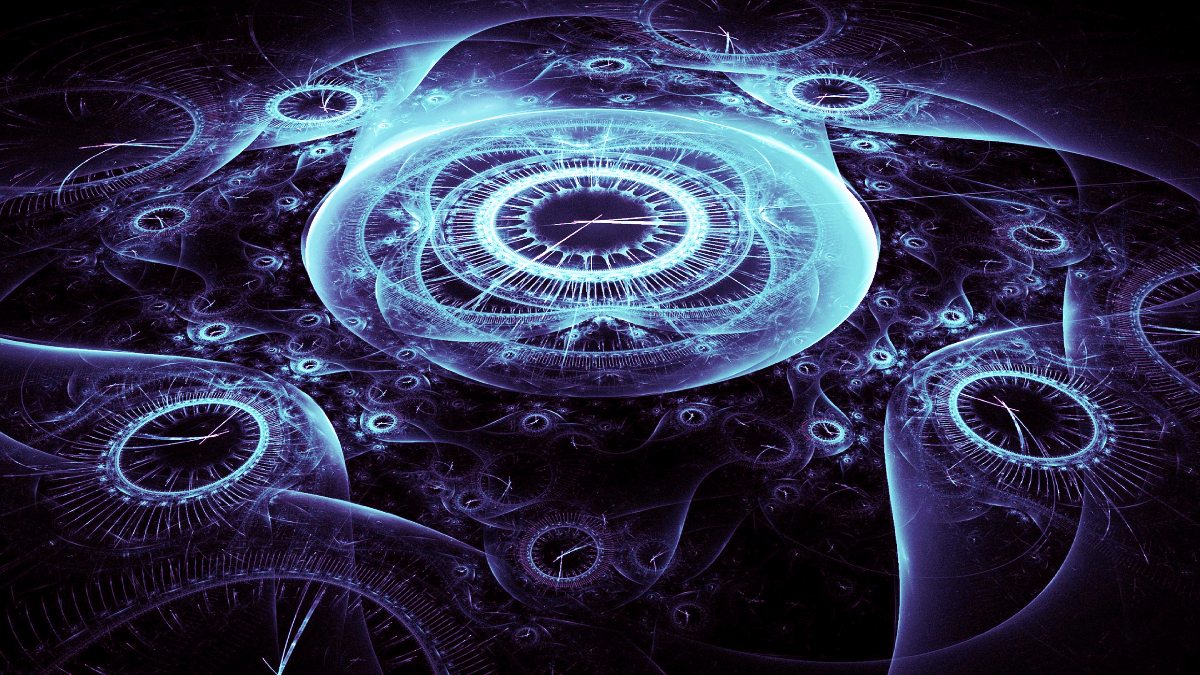
Our intuitive understanding of time is linear: a continuous flow from a fixed past, through a fleeting present, into an open future. However, modern physics, particularly Einstein’s relativity, offers a more complex and sometimes counter-intuitive perspective.
In relativity, time is not separate from space; it is the fourth dimension of a unified spacetime continuum. Just as you can move left/right, forward/backward, and up/down in space, you also move through time. This four-dimensional view of the universe is often conceptualized as the “Block Universe” theory.
In the Block Universe model, all events – past, present, and future – are equally real and fixed within a four-dimensional block of spacetime.
There is no special “now” that truly moves; rather, our consciousness simply experiences different slices of this block sequentially.
From this perspective, a journey into the past or future isn’t about “changing” anything, but merely about navigating to a different coordinate within this pre-existing spacetime block, similar to how you might select a different page in a book.
This deterministic view clashes with our common perception of free will and a mutable future, sparking intense philosophical debate.
If all moments exist simultaneously within this block, then the future is as fixed as the past. This perspective, while supported by the mathematics of relativity, challenges our everyday experience of time’s “flow” and the sense of an open, undetermined future.
It suggests that time travel might not be about changing history, but about physically experiencing different parts of an already existing, fixed history.
Ethical and Philosophical Quandaries: What Does Time Travel Mean for Humanity?
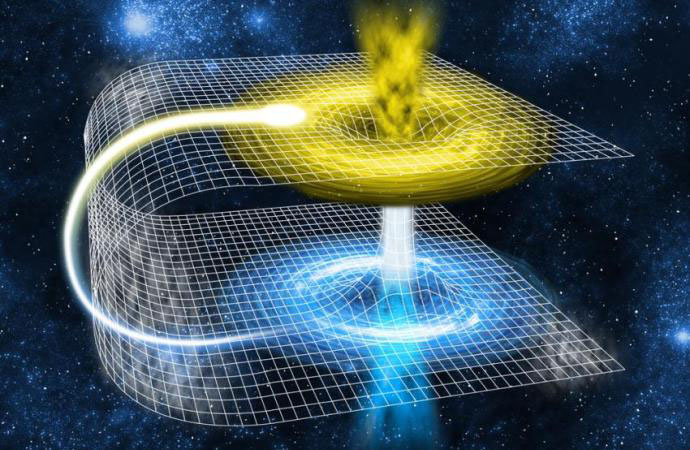
Beyond the intricate physics and perplexing paradoxes, the theoretical possibility of time travel (especially to the past) opens a Pandora’s Box of profound ethical and philosophical questions that would challenge the very foundations of human society and morality:
- Moral Obligation vs. Risk: If you possessed the power to prevent a historical tragedy – say, a devastating war or a natural disaster – would you be morally obligated to do so? What if intervening, even with the best intentions, inadvertently created a worse future? The “Butterfly Effect,” where tiny changes cascade into massive, unpredictable consequences, looms large. Could preventing World War II lead to a far more devastating conflict decades later, or erase people crucial to human progress?
- The Problem of Identity and Existence: If you could alter your own past, would the “you” who traveled back still be the same person when you returned? What happens to your memories, relationships, and very existence if their foundational events are erased or fundamentally altered? The very concept of personal identity might crumble.
- Historical Integrity and Manipulation: Who would control access to time travel technology? What prevents individuals, governments, or rogue groups from manipulating history for personal, political, or economic gain, potentially erasing entire cultures, rewriting narratives, or introducing technologies that destabilize civilizations? The very notion of an objective historical record would vanish.
- The “Tourist” Dilemma: Would the past become a literal playground for wealthy tourists, potentially disrupting fragile historical ecosystems or exploiting past populations? What impact would knowledge of the future (or past) have on human ambition, innovation, and the drive to create a better tomorrow if outcomes were already known?
- Free Will and Determinism: As explored with the Predestination Paradox, time travel profoundly challenges our understanding of free will. If your actions in the past are always consistent with the future you came from, does that mean your choices are predetermined? This could lead to existential crises and erode our sense of agency.
- Justice and Punishment: If crimes could be undone by time travel, how would our justice systems function? Would it be permissible to go back and prevent a future criminal act by intervening in a person’s past, even if they are currently innocent?
These are not trivial questions. They force us to consider what it means to be human, the nature of causality, and the immense responsibilities inherent in wielding such unimaginable power.
The potential for unintended consequences is so vast that many scientists and philosophers argue that, even if possible, time travel to the past should be considered strictly forbidden.
The Horizon of Research: Is Time Travel Possible in Our Lifetime?
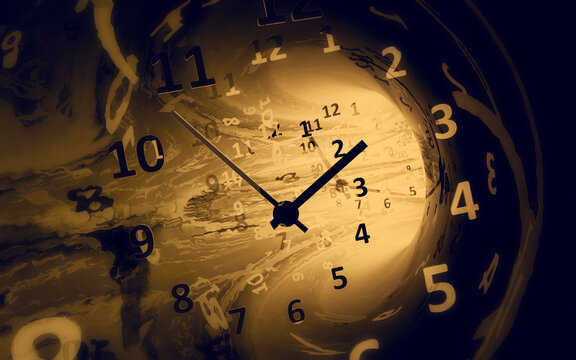
So, here we are, after a dizzying journey through the scientific and philosophical landscape of time travel. Drumroll, please!
Forward time travel? It’s not only real but a proven phenomenon, continuously observed through time dilation caused by relative speed and gravity.
While current technology limits human experience of this to mere fractions of a second, the principle is undeniable.
Advances in propulsion systems – perhaps fusion rockets or even more speculative anti-matter drives – could one day allow astronauts to travel for decades, returning to an Earth that has aged centuries. This remains an engineering challenge, not a physics barrier.
Backward time travel? This remains a breathless “maybe,” teetering on the edge of speculative theoretical physics.
Concepts like traversable wormholes and closed timelike curves exist in the mathematical solutions of General Relativity, but their physical plausibility hinges on the discovery of exotic matter or the existence of highly unusual cosmic conditions not found in our observable universe.
Quantum mechanics offers intriguing, albeit non-classical, interpretations that might resolve paradoxes by suggesting parallel timelines, but these too are far from experimental verification.
As of mid-2025, no credible scientific experiment has ever demonstrated the ability to send information or matter back in time.
The prevailing scientific consensus among most physicists, encapsulated by Stephen Hawking’s chronology protection conjecture, suggests that the laws of physics likely conspire to prevent macroscopic time travel to the past, safeguarding causality and preventing paradoxes from arising.
However, research continues intensely on the frontiers of physics. The United Nations has proclaimed 2025 the International Year of Quantum Science and Technology (IYQ), highlighting global efforts in areas that could indirectly shed light on the fundamental nature of time:
- Quantum Gravity: This remains one of the holy grails of modern physics, aiming to unite general relativity (gravity) with quantum mechanics. Theories like String Theory and Loop Quantum Gravity propose radically different fundamental structures of spacetime, some of which might subtly alter our understanding of time’s behavior at the smallest scales. While no “theory of everything” has been proven, ongoing research is constantly refining our understanding.
- Gravitational Wave Detectors: Observatories like LIGO and Virgo are pushing the boundaries of precision measurement, detecting ripples in spacetime caused by cosmic events. Further advancements in these areas (e.g., the planned Einstein Telescope in Europe) could one day allow us to probe spacetime distortions with unprecedented sensitivity, potentially revealing phenomena currently beyond our detection.
- Quantum Computing: While not directly about time travel, the ability of quantum computers to process information in fundamentally new ways, exploring superpositions and entanglement, could deepen our understanding of quantum causality and the very nature of time’s arrow at the quantum level. Some theoretical studies even explore how quantum systems might exhibit “bidirectional entropy flow,” challenging the classical understanding of time’s direction.
For now, humanity remains fixed in the present, able to observe the past through light from distant stars, and subtly experience forward time travel on our high-speed journeys.
The universe hasn’t handed us a comprehensive manual for manipulating the past, and the colossal energy requirements, coupled with the profound paradoxes, suggest that physical time travel to arbitrary points in the past may forever remain beyond our grasp, or perhaps is an inherent property of the universe that cannot be manipulated by beings within it.
Yet, the theories, the possibilities, and the unanswered questions continue to fuel our scientific curiosity and boundless imagination.
Where would you go if you could – future or past? What scientific breakthrough do you think is most crucial for unlocking time’s secrets? Share your thoughts below!


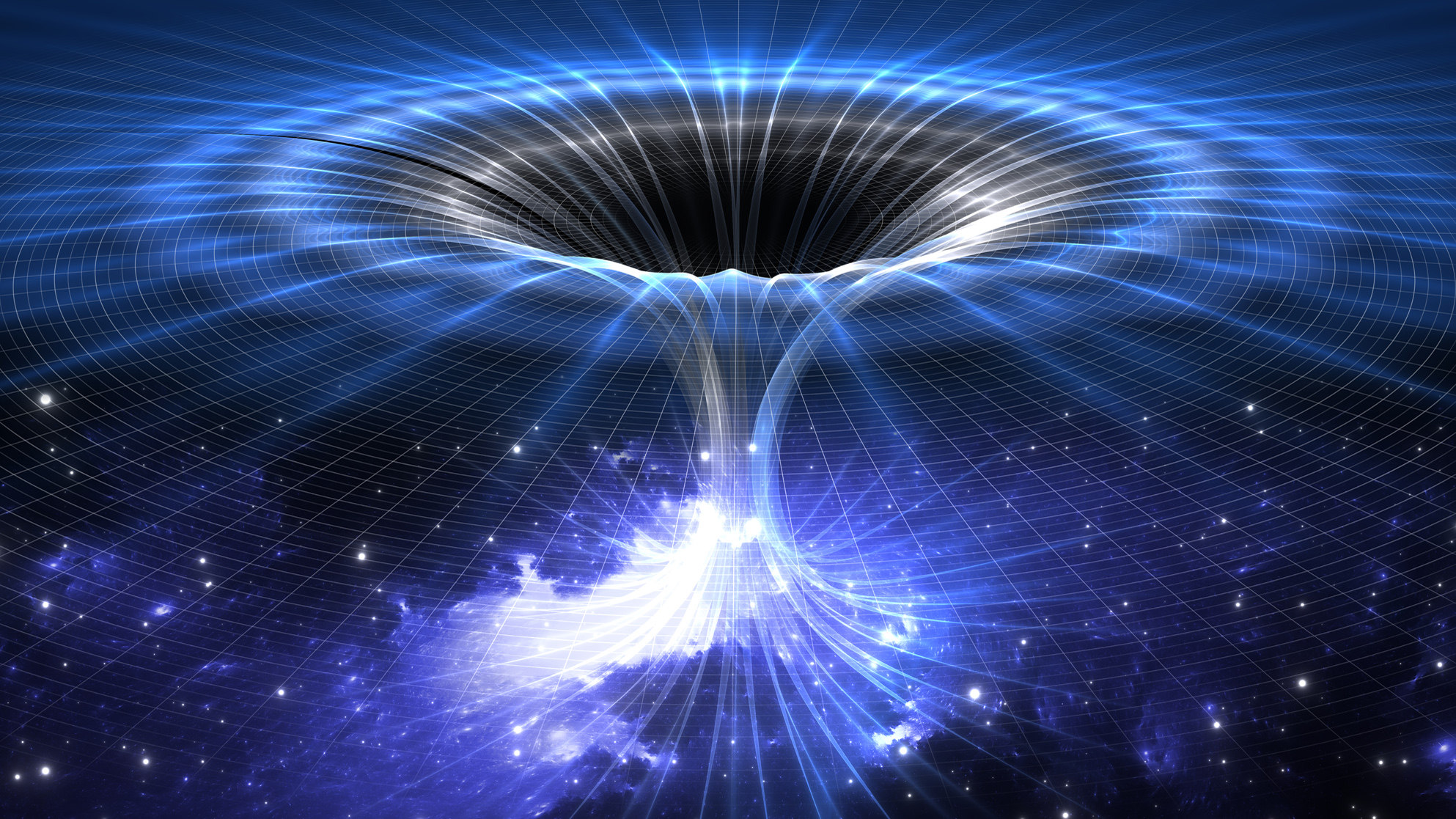

















www.xmc.pl
The elegance in your writing is apparent in every line, creating a sense of harmony that lingers.
Vandita Sharma
Thank You!
Pocket Otions
Hi everyone, it’s my first visit at this site, and article is genuinely fruitful in favor of me,
keep up posting these content.